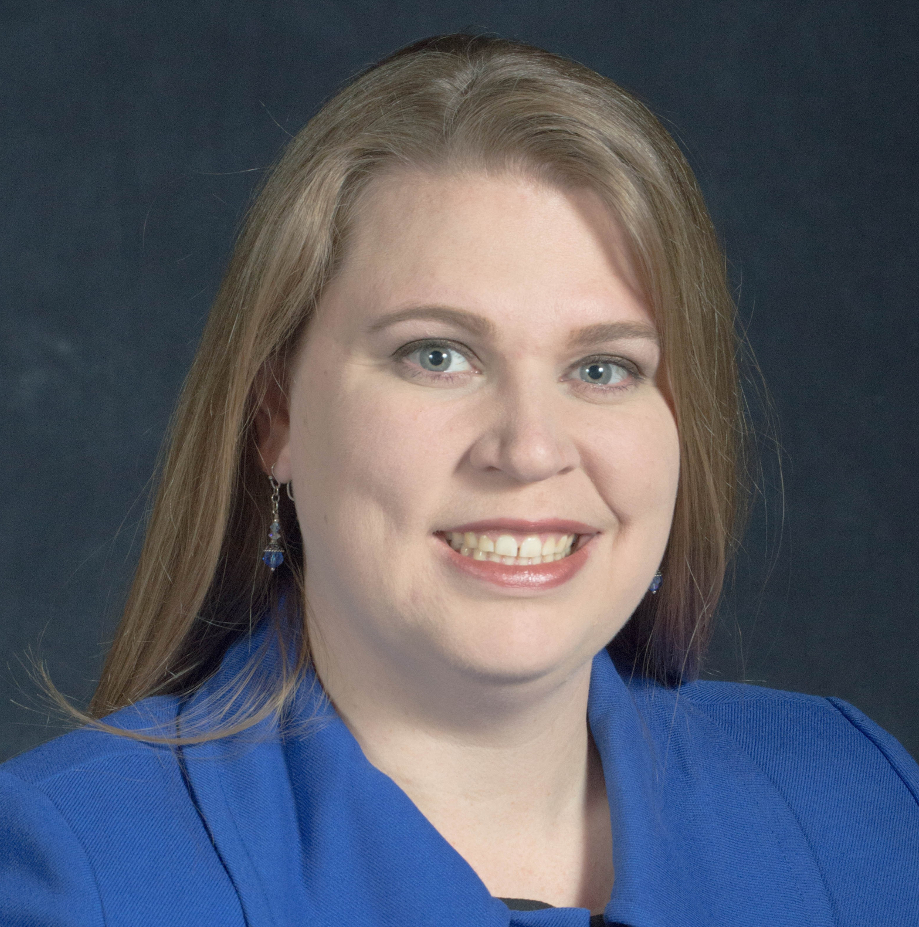One Year In, What We've Learned From Our Customer Success Efforts
Access has always been very good at customer relationships. We wouldn’t have experienced steady, uninterrupted growth for 30+ years if we didn’t have a good product and track record with clients.
We retain about 98% of our clients annually, and have an NPS score that rivals the best companies in the world, not just our industry.
So why would we need a formal Customer Success effort?
The truth is, we want more for our clients. Sure, they’re satisfied with us, but we want them thrilled. More than that, we want their customers, members, and employees to be thrilled.
When their annual budgets come due, we want keeping their relationship with Access to be a no-brainer that everyone from the CEO on down can agree upon.
As such, we recognized the need to formalize our efforts around retention and satisfaction.
And guess who got to lead the charge? Yours truly.
I’m no stranger to our clients. As the Director of Educator Access I worked directly with over 30 education associations that utilize Access discount programs as member benefits. I also served as lead Account Director for our largest client groups.
The transition from those roles to Vice President of Customer Success was something else entirely, however.
Here’s what I’ve learned through my first 365 days of leading a new Customer Success effort.
Hiring Customer Success Managers is the Most Important Task
Every operation is only as good as its people. Customer Success is no different. It became clear to me early on that we needed more people to help manage our top accounts, but it couldn’t just be anybody.
Customer Success managers require a specific set of skills, including technical ability, leadership, and relationship-building. As ClientSuccess Founder Dave Blake says, they also need to have a passion for customer success, lower-case intended.
These are the people ultimately touching your top accounts on a regular basis. They’re also the proactive solution finders to problems that haven’t even arisen yet.
Finding people with that combination isn’t easy or cheap, but it’s a smart investment so you can quickly scale your operation to all of your top clients.
Segmenting Clients is the Second Most Important Task
After hiring a couple of ace CSMs, it became clear that we needed to separate clients into categories to help divvy up the workload but also to create benchmarks. For us, clients are divided by their industry as well as their desired outcome using our services.
Segmenting in this way allows us to create benchmarks across large swaths of clients so we can clearly see what success looks like and requires. Best practices can be applied across the board in many of these instances, which just makes life easier on everyone involved.
Revenue and Retention are Important, but Data is Bigger
Yeah, the ultimate goal is to retain clients and customers. We learned, however, that the opportunities that come from client data and candid feedback are even larger.
The data gives us predictive analytics for who is at risk of churning. This obviously predates retention and helps us head off issues before they come into existence.
It goes the other way as well: data can show you opportunities for upsells, or just where you can add extra value to a client. As Nick Mehta, Dan Steinman, and Lincoln Murphy say in the Customer Success book, “...even if the sales transactions are not executed by Customer Success, they are enabled by them.”
The overall idea, as expressed in the same book by Box’s Sr. VP of Customer Success Jon Herstein, is, “You can’t improve what you don’t measure - so measure everything.”
Pick Up the Phone
 I’ve made it a personal goal to randomly call a customer each day. I call our champion and thank them for their business and ask how our products and services are meeting their needs.
I’ve made it a personal goal to randomly call a customer each day. I call our champion and thank them for their business and ask how our products and services are meeting their needs.
As a customer, they have a voice on our product development. I make sure to ask what features and functionality they’d like prioritized to make their jobs easier.
It’s amazing what you can learn in just 10 minutes of casual conversation with a customer - things that you may not hear in an email or even a scheduled, formal call.
What Happens in Customer Success Cannot Stay in Customer Success.
Remember - everyone in a company owns customer relationships. As such, they need to know what they’re doing that’s impacting customers for better or worse, and be able to adjust accordingly.
Customer Success takes the lead on client relationships, but they’re also the conduits from which messages from customers flow back into the company for continuous improvement and praise. This feedback is a significant driver of improvements made to products and overall user experience.
Some Clients Just Aren't Worth It
It’s a hard choice to make, because most people in a company only see the revenue that comes in from high-touch clients - not the hours spent trying to meet unreasonable demands, or the verbal abuse that occurs in extreme situations.
In some cases, this means politely declining to even do business with a potential client that we know isn’t going to be a fit. In the end, it’s better for all parties to devote their efforts elsewhere.
It’s a tough pill to swallow, revenue-wise, but it actually increases profitability overall because we can increase our service level to high-potential clients.
You Don’t Know What You Don't Know
Not every Customer Success effort is the same. Companies are different, clients are different.
You can read the books and blogs and attend the conferences, but you'll still find curveballs thrown your way. With smart CSMs and organizational support, you'll learn from failures.
I wasn’t unprepared for my role as Vice President of Customer Success. I put in the work to absorb as much information as I could from industry leaders like Murphy, Mehta, and Guy Nirpaz. I attended conferences, and developed the idea of a formal program internally with my executive leadership.
There are just some things that don’t become evident until you’re in the midst of them.
A Fail-Proof Concept
 The best part of this whole Customer Success effort is you really can’t go wrong. This blog has said multiple times that every industry is ripe for disruption by someone who is more dedicated to helping customers meet their goals.
The best part of this whole Customer Success effort is you really can’t go wrong. This blog has said multiple times that every industry is ripe for disruption by someone who is more dedicated to helping customers meet their goals.
It’s not easy, however. Customer Success is a high effort endeavor, sometimes high stress, and always requires companies - and the individuals who comprise them - to conduct some serious soul searching.
It’s worth it. The end result of even a small Customer Success effort is learning more about your customers, their needs, and your business’ ability to meet those needs. Over time those add up, revealing who your best, most profitable customers are.
To modify an old saying, the best time to implement Customer Success was when your business first began; the next best time is today.
Topics: Customer Success

Written by: Emily Hayes














Share your Comment.